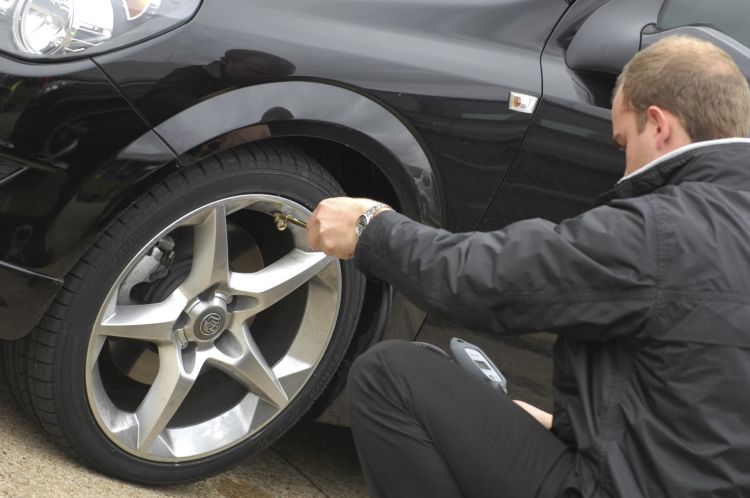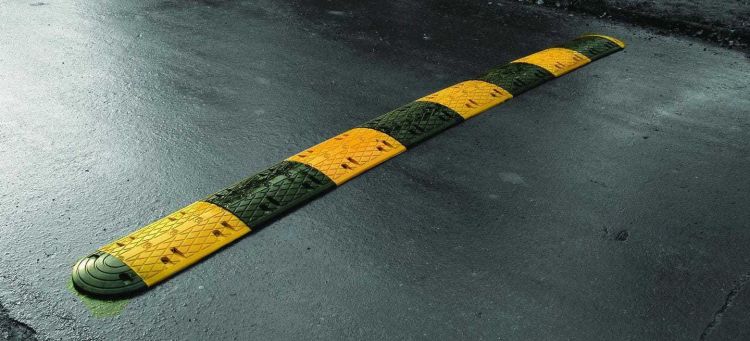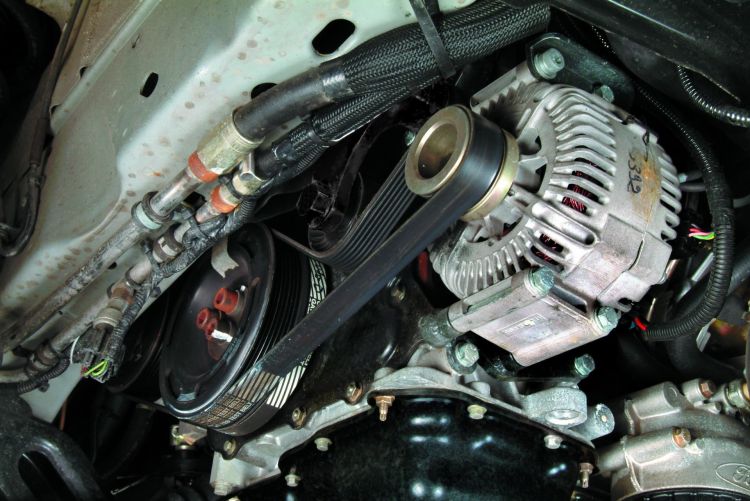We live in a really complicated situation in the car market in our country. The price of new cars, in addition to the tensions in the supply chain, has increased their price tremendously and has also limited their availability. Consequently, the second-hand market has begun a spiral of rising prices, and in just one month, the low emission zones will come into operation. For many drivers the only alternative is to stretch the life of your old cars. These tips will help you do it safely.
We all know that a more modern car or a new car would be the ideal option, but at this point we have to be realistic and pragmatic: the current situation prevents many people from buying a car. Not even a used car. The uncertainty about the future of the automotive industry and future restrictions on movement they don’t help. If like me, you have decided to extend the life of your car, this article interests you. You’re told by someone whose car has exceeded 220,000 miles, and plans to “stretch” it to the limit of what is physically possible.
1) Do not skimp on safety: tires and shock absorbers are your priority
If your car is old and has many kilometers, its youth is behind it. There may be some play in its undercarriage, and its active safety features are not comparable to those of a contemporary car. Therefore, it is vital that what joins your car to the ground is in perfect condition. Your tires must be in good condition and of good quality.and if possible, invest in some new shock absorbers. Your car will look like another, and in cars with a certain age, the difference is very palpable from the first moment.
Your safety and that of yours is the most important thing.
2) Listen to their noises (and attend to them)
A veteran car is like an aging athlete. He can still perform very well, but he has the odd ailment typical of age. In my experience, it is vital to listen to our car. If we notice that something that didn’t sound has started to sound, or something has changed its sound, we should quickly schedule a visit to the shop or check it out ourselves. These noises are usually a breakdown in the makingand as with a disease, anticipating the most serious symptoms will not only avoid unpleasantness, but it will reduce our spending considerably.
That noise is not going to disappear overnight. It will go further, and the breakdown will be more serious if you ignore it.
3) Drive smoothly and pamper your vehicle
If you want to extend the life of your car, Drive it like it’s the only car you’ll ever have for the rest of your life.. If you have a turbo engine, respect the rule of the minute. Don’t drive it aggressively, especially when its engine is cold. Do not go through speed bumps and bumps. Be gentle with your vehicle, and it will reward you with reliability and freedom from problems. Reliability can be boring, but there are worse evils, such as having to use public transport every day, or spending a fortune in the workshop.
Keep an eye on your tire pressure. Check your levels weekly. Wash it often.
4) Maintenance must be meticulous (and advanced)
We come to the most important tip of all. Maintenance is (almost) everything in a car with many years and kilometers. Do not skimp on quality oils. Reliability of sensitive components to fail, or that fail endemically in your car model. Personally, after 350,000 km, I have decided advance the oil change interval from 15,000 to 10,000 km – although the manufacturer recommends doing it every 20,000 km. More visits to the workshop imply a somewhat higher expense, but they will also allow your car to be more “controlled”.
Fix that oil leak. Replace your diesel glow plugs. Change the spark plugs of your gasoline.
5) Prepare a long-term intervention plan
It can be annoying, difficult to understand and even contradictory, investing money in a car with so many years and kilometers. But what is the alternative? Can we afford anything else? We wouldn’t be here if the answer was “a new car.” So that no maintenance takes you by surprise – we are talking about hundreds of euros in some cases – try to plan/estimate what major interventions you will have to do in the future and when: a clutch, the battery or the alternator, a particulate filter, injectors, tires or shock absorbers…
Plan, estimate the expense and see making an economic cushion to face them.
5+1) When to say enough?
In a car with many years and kilometers, many items become consumables. Having to change the clutch, replace an alternator – or even in more extreme cases, a turbocharger – are still maintenance operations. The moment to say “enough” is difficult to identify. Under a strictly economic logic we would talk about a repair that is much more expensive than the value of the car, and under a more realistic logic, a mechanical failure that implies replacing the engine, or even a regulatory ban on its circulation.



